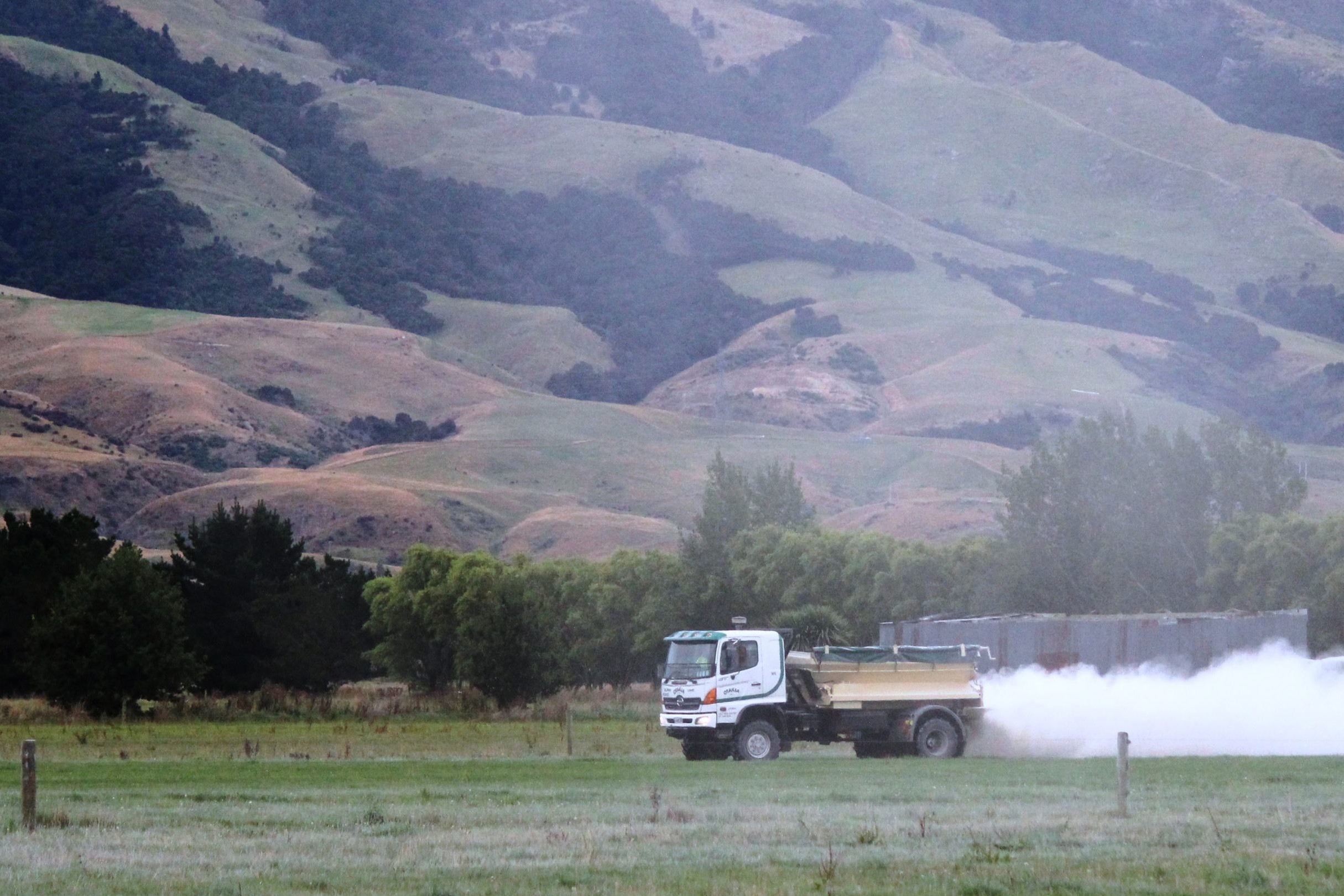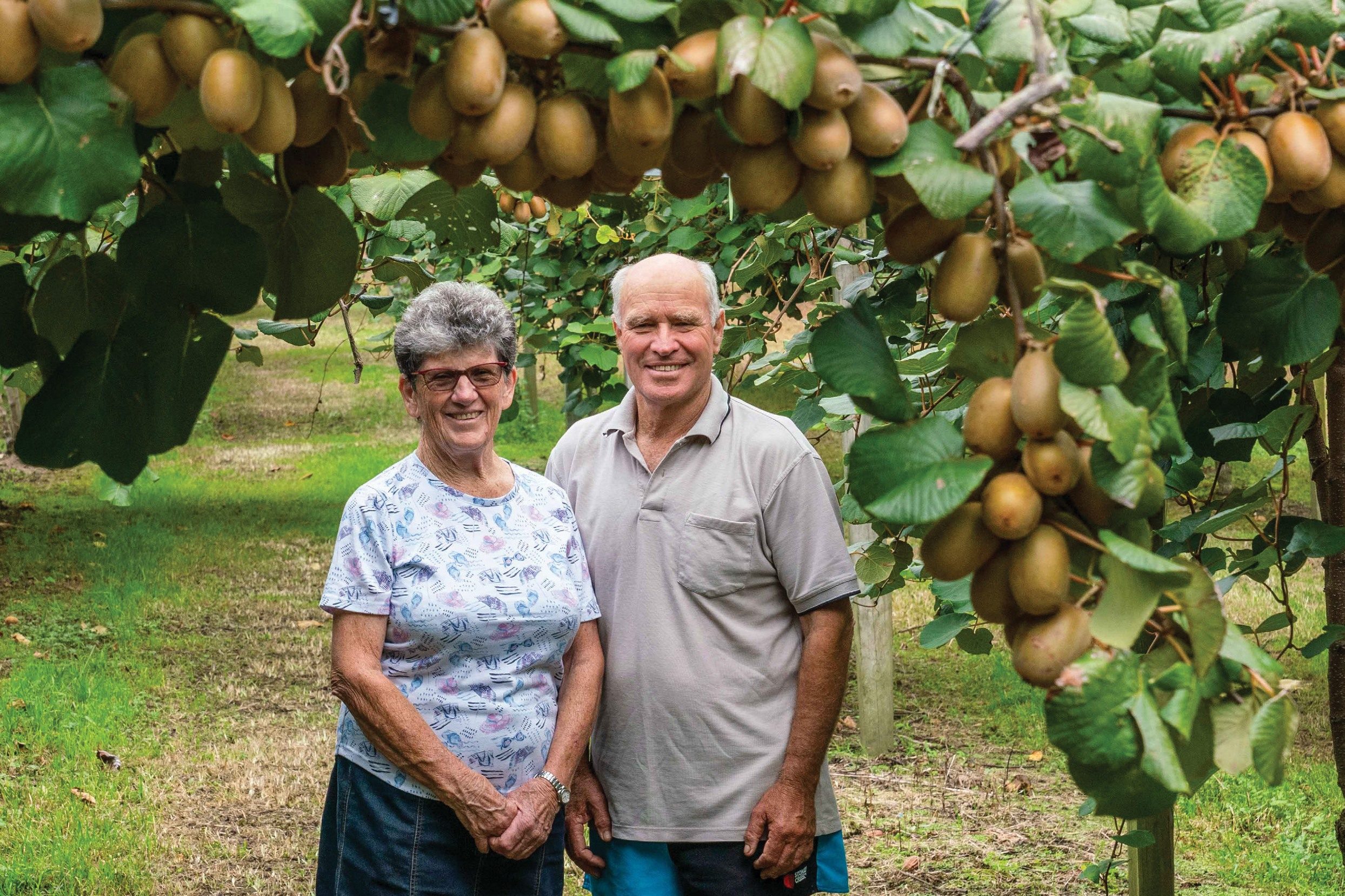LUDF’s aim in using a no-bull mating programme to reduce the risk of Mycoplasma bovis has backfired with a 28% empty rate in its heifers, ironically meaning it will have to buy in-calf heifers for next season.
The farm used artificial insemination (AI) on all its heifers along with its cows.
While the mixed-age cows had a sixweek, in-calf rate of 70% and finished the 10-week, four-day mating period with a 17% empty rate the failure of the heifer mating has proven an expensive one.
The heifers were grazing near Ashburton, about 70km from the farm, and farm staff were required to travel to help carry out the CIDR programme. No follow-up bulls were used after the synchrony.
The high empty rate will have a direct cash cost of $37,500 with 39 extra empty heifers when compared with an 8% expected empty rate from a bull mating.
With a purchase price of about $1700/in-calf heifer that will now need to be bought in minus a cull value for the empty animals of about $800, the cost per empty animal will be about $900 plus freight of $50.
The poor heifer mating result has been the only blight on the farm’s performance although a Staphylococcus mastitis infection caused some challenges before the infection was diagnosed.
The farm is on track to produce about 500kg milksolids (MS)/cow and to date has used just 11kg drymatter (DM) of silage per cow which was fed in December.
By the end of February 141kg/ha of nitrogen had been applied and about 200kg DM/ha of silage made off 13ha.
Updates required before next audit
Canterbury dairy farmers with a DairyNZ Sustainable Milk Plan as their farm environment plan will have to update the plan before their next audit.
The plans became outdated last month when Canterbury Regional Council’s Plan Change Five (PC5) became operative.
A number of farm environment plans are PC5 compliant including those created under Fonterra’s Tiaki Sustainable Dairying Programme but farmers need to check the compliance of their plans if they were prepared before PC5 was finalised.
Rural consultant and farm environment plan auditor Dave Ashby told the LUDF focus day that the plans need to be updated in several areas, particularly for those who have drains or waterways on their farms.
In those cases, the plans must include how farmers will have regard to mahinga kai values and how they can be enhanced. Dave is also a dairy farmer and explained that audit results are based on the auditor’s level of confidence that the objectives and targets within the farm’s land use consent and farm environment plan are being achieved.
“It’s up to you to have evidence to support you are on task to meet those objectives and targets as per your consent.”
That will include an up to date and robust nutrient budget.
He warned that having a compliant effluent system did not necessarily mean an automatic good report on the farm environment plan audit as the auditor has to have a high level of confidence, based on evidence of how it’s being operated and maintained, that effluent will not be applied when soil is saturated.
Farmers need be able to explain what they do on farm and back that up with photos and records.





